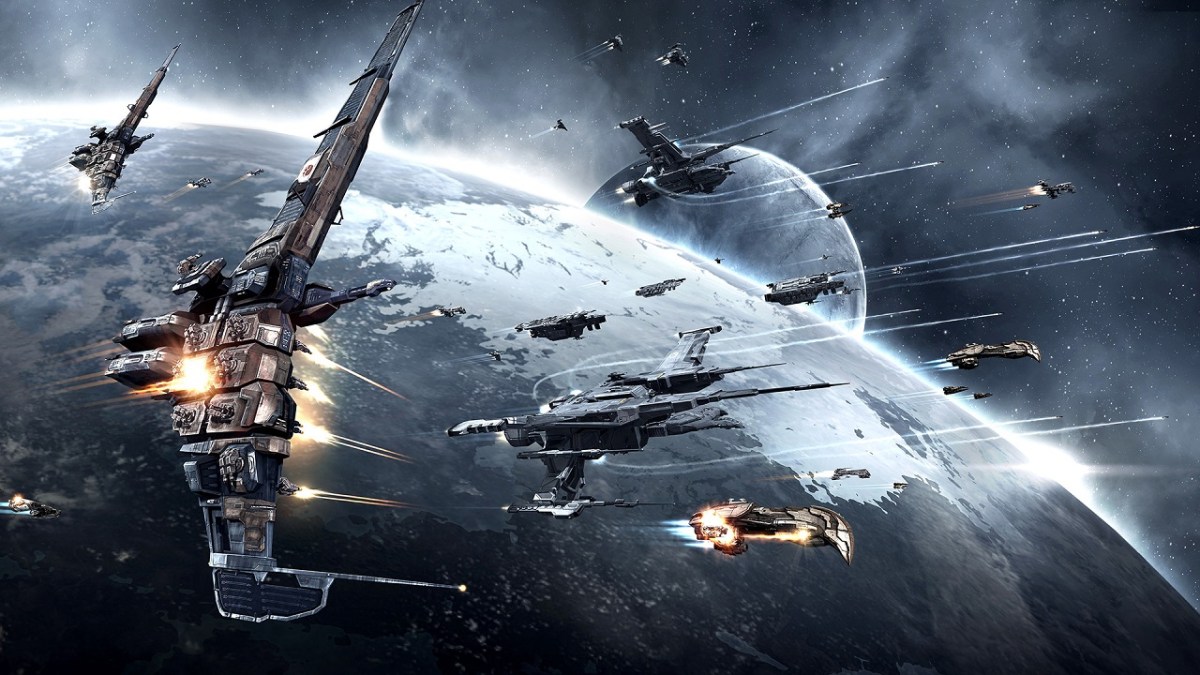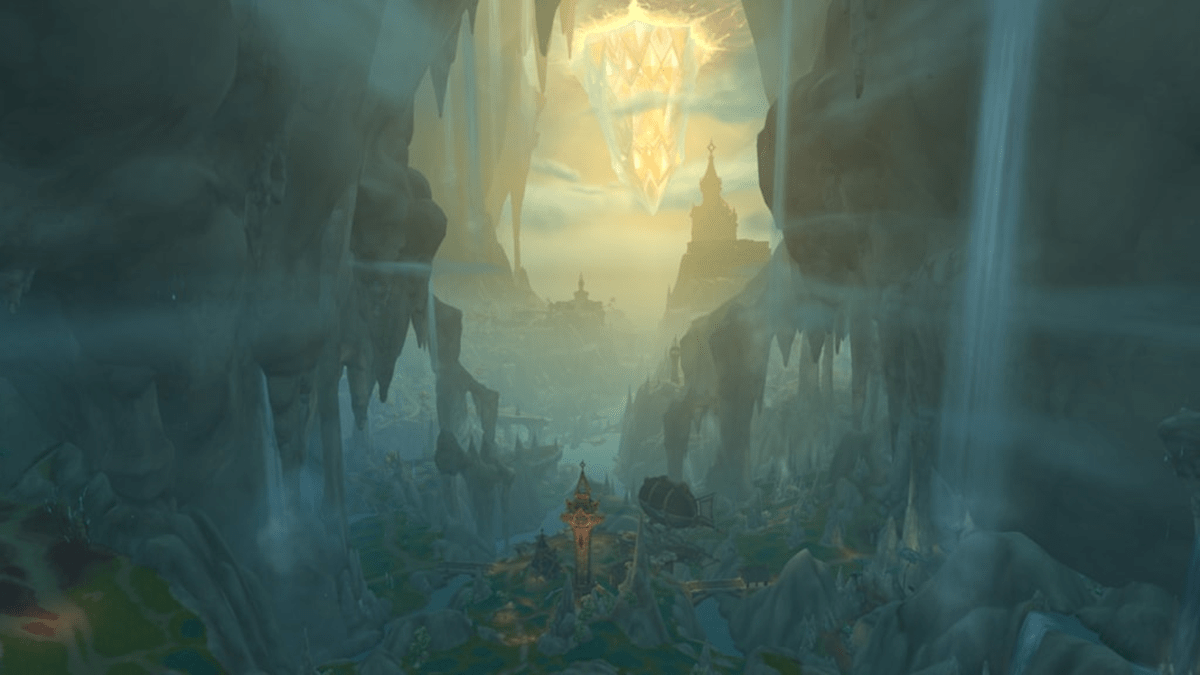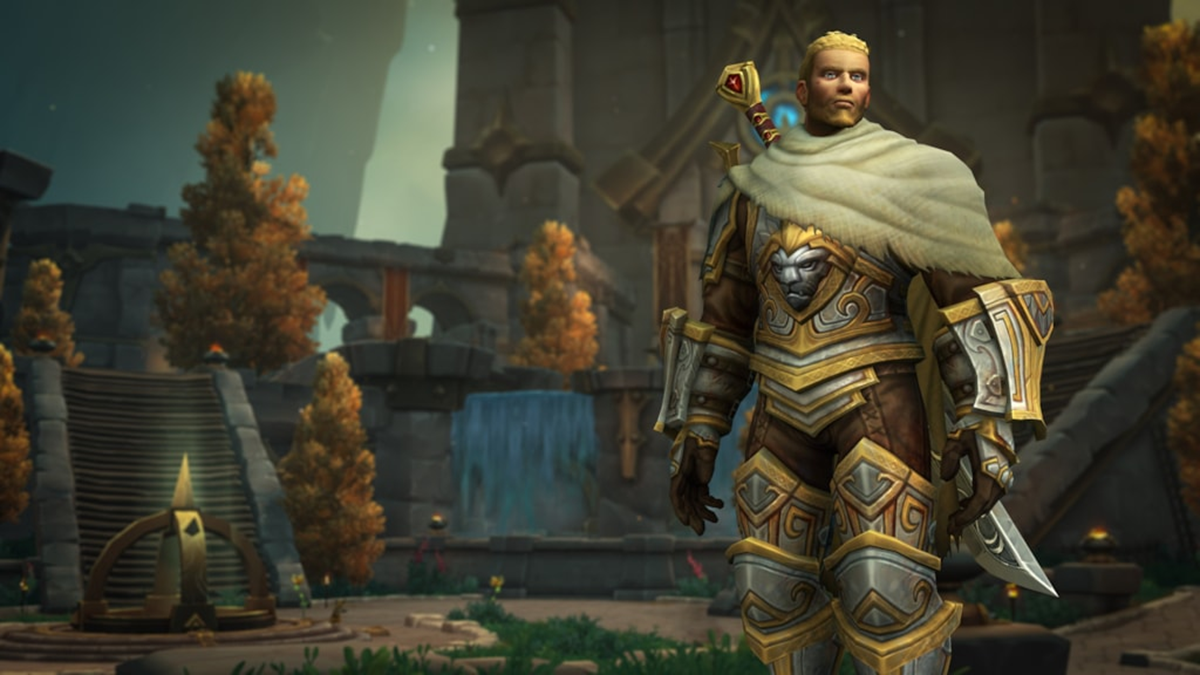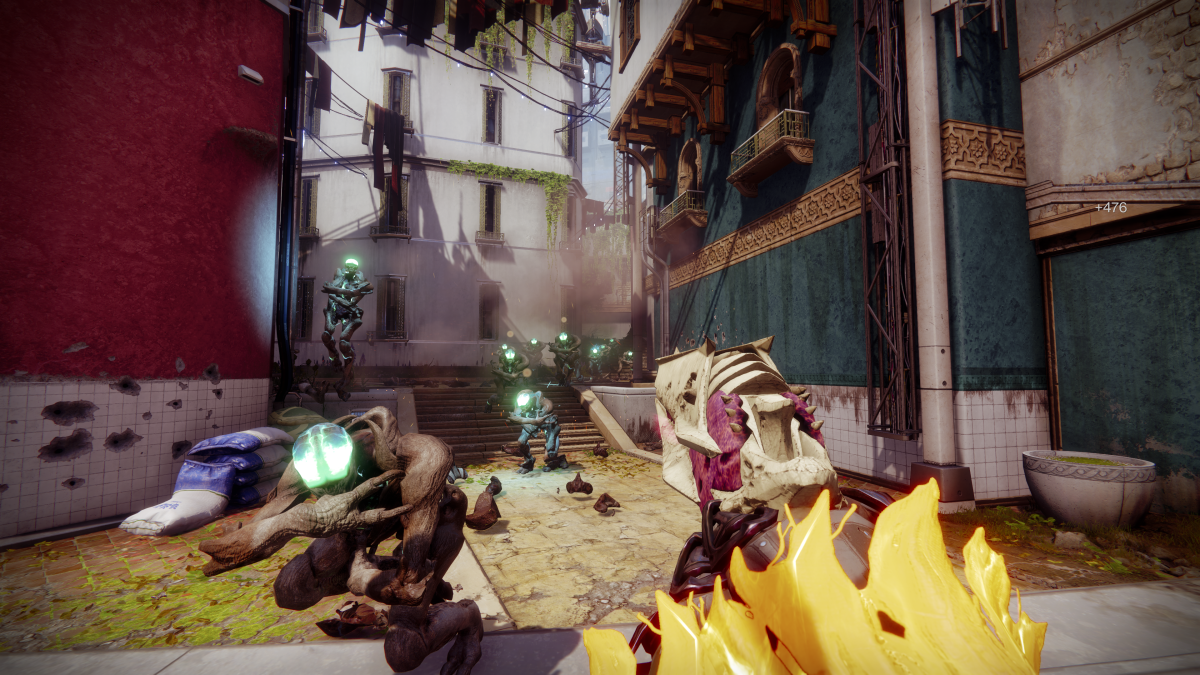Pat yourself on the back, capsuleer
Earlier this year, CCP Games, Massively Multiplayer Online Science, and Reykjavik University jointly announced Project Discovery. The program is ostensibly an EVE Online mini-game that presents players with images of protein patterns within cells. The goal is to correctly identify the patterns when compared to thousands of other players. Doing so is rewarded with in-game Sisters of EVE equipment.
This afternoon at Fanfest, it was revealed exactly how well Project Discovery is doing. In the six weeks since its widespread implementation, players have contributed a combined 7,894,528 image classifications. It’s enough for speaker Attila Szantner to call it “one of the biggest citizen science efforts today.”
Citizen science is a crowd-sourced form of science where non-scientists perform the vast majority of the experimentation. According to Emma Lundberg of The Human Protein Atlas and one of the leads on Project Discovery, players have contributed 18.2 million minutes’ worth of work. That stretches out to 163 working years. With inflated numbers like that, it’s easy to see the importance of scale for an endeavor like this.
Bolstering that impressive statistic is the fact that Project Discovery has seen those classifications come from a wide number of players. Szantner mentioned that most citizen science projects boil down to something more akin to “cluster science” — the idea that the bulk of the results come from a small and dedicated group of people. EVE Online players are staying committed to the cause.
Interestingly, Project Discovery already had to be reworked because a good number of people treated it too much like a game. Lundberg showed a slide that indicated that half of the classifications were of cytoplasms. That’s because it’s the simplest to identify, so players were actively seeking those out to get rewards as quickly and as easily as possible. Changes were then made to the system that brought the cytoplasm outlier back closer to the mean.
Even though everyone involved seems absolutely giddy by Project Discovery to this point, there’s still a lot of work to do. Soon, another 5,000 images will be introduced for mass classification. In December of this year, Lundberg says that a map of the subcellular protein atlas will be published. Project Discovery has already produced very real results for the scientific community, and that’ll likely eventually turn into results for the medical community. That’s a fantastic contribution from a bunch of people who are playing a sci-fi space game.




